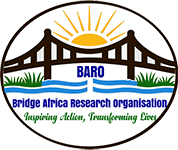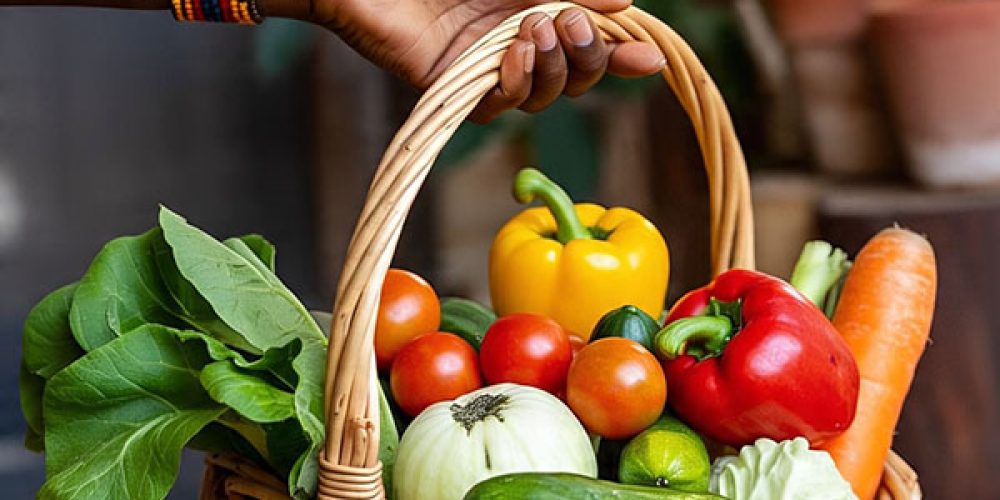Yesterday, my friends and I had an argument about the difference between indigenous farming practices, organic farming, and agroecological farming. I had to dig deep to brush up on the nuances of each approach, and I’m excited to share what I learned.
At its core, indigenous farming practices are rooted in the traditional knowledge and customs of native communities. These practices are deeply connected to the land, its rhythms, and the cultural heritage of the people. As Chief Dan George, a Canadian indigenous leader, once said, “The earth has music for those who listen.” Indigenous farming practices prioritize living in harmony with nature, using techniques passed down through generations to maintain soil fertility, conserve biodiversity, and promote ecosystem balance.
Organic farming, on the other hand, is a more recent approach that emerged as a response to the environmental and health concerns associated with conventional agriculture. Organic farming eschews the use of synthetic fertilizers and pesticides, instead relying on natural methods to control pests and diseases. As Masanobu Fukuoka, a pioneer of natural farming, noted, “The ultimate goal of farming is not the growing of crops, but the cultivation and perfection of human beings.” Organic farming shares similarities with indigenous practices in its emphasis on natural methods, but its focus is more on the absence of synthetic inputs rather than the presence of traditional knowledge.
Agroecological farming takes a more holistic approach, focusing on the interactions between plants, animals, and the environment. Agroecology seeks to promote ecological balance, conserve biodiversity, and improve the livelihoods of farmers. As Miguel Altieri, a prominent agroecologist, observed, “Agroecology is not just a set of practices, but a way of thinking about agriculture and the world.” Agroecology draws on the principles of ecology to design and manage farming systems that are sustainable, resilient, and productive.
While each approach has its distinct characteristics, they share commonalities in their emphasis on sustainability, environmental stewardship, and the importance of natural processes. As the ancient Greek philosopher, Aristotle, said, “Nature does nothing uselessly, and all things are ordered towards their end.” By embracing the diversity of farming practices, we can work towards a more equitable and resilient food system that benefits both people and the planet.
In conclusion, understanding the differences between indigenous farming practices, organic farming, and agroecological farming can help us appreciate the complexity and richness of sustainable agriculture. As Wendell Berry, a renowned author and farmer, noted, “The care of the earth is our most ancient and most worthy, and after all our most pleasing responsibility.” By embracing the wisdom of these approaches, we can cultivate a more sustainable future for generations to come.


